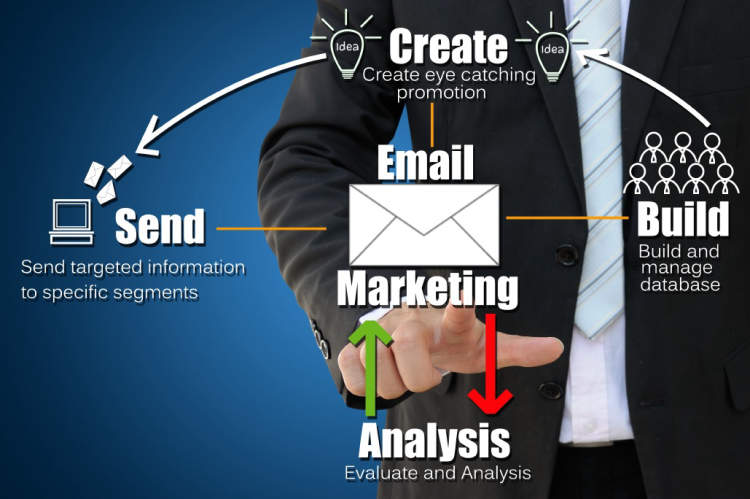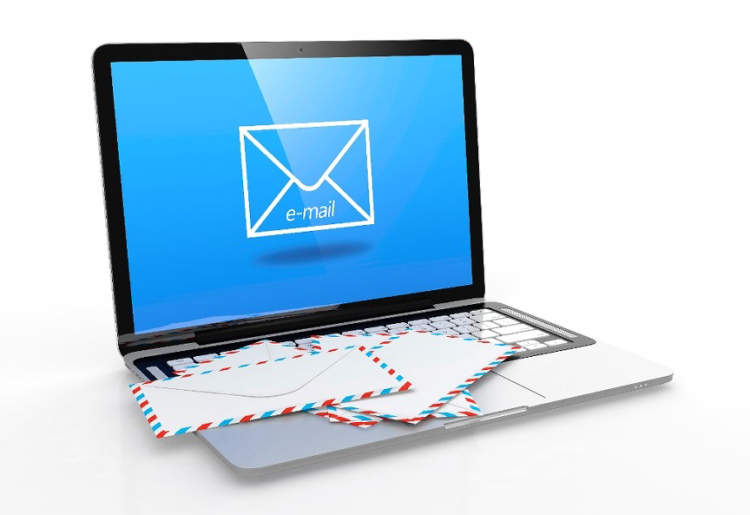Are you new to using a laptop and unsure of how to effectively utilize email and communication tools? Look no further! In this article, we will guide you through the necessary steps to master these essential skills and make the most out of your digital communication. Whether you are a student, professional, or simply someone who wants to improve their online presence, this comprehensive guide will help you navigate the world of laptop email and communication tools with ease.
Firstly, let’s start by understanding the basics of setting up your email account on your laptop. Most laptops come with pre-installed email clients such as Microsoft Outlook or Apple Mail, but you can also choose to use popular webmail services like Gmail or Yahoo Mail. Whichever option you prefer, the setup process is similar and straightforward. Simply open the email client or webmail service of your choice, click on “Create Account,” and follow the on-screen instructions to enter your personal details, choose a username and password, and set up your email preferences. Once your email account is set up, you can start sending and receiving emails right away!
Setting up your email account on your laptop
Setting up your email account on your laptop is an essential step to stay connected and handle your communications efficiently. Whether you use your laptop for work or personal use, having your email account set up ensures that you can send, receive, and manage your emails conveniently.
Here’s a step-by-step guide on how to set up your email account on your laptop:
- Open your preferred email application or client – popular options include Microsoft Outlook, Mozilla Thunderbird, and Apple Mail.
- Click on the “Settings” or “Preferences” menu within your email application.
- Select the option to add a new email account.
- Choose the type of account you have – the most common options are “POP3” or “IMAP”.
- Enter your email address and password in the provided fields.
- Configure the incoming and outgoing server settings by entering the server addresses and port numbers provided by your email service provider.
- If necessary, enable encryption options such as SSL or TLS for secure email communication.
- Click “Next” or “Finish” to complete the setup process.
Once your email account is set up, you can start managing your emails right from your laptop. You’ll be able to compose new messages, reply to emails, organize your inbox into folders, and set up filters or rules to automatically sort incoming messages.
Having your email account on your laptop allows you to access your emails conveniently, even when you’re offline. You can also sync your email across multiple devices, such as your smartphone or tablet, ensuring that you never miss an important message.
Now that you know how to set up your email account on your laptop, you can enhance your productivity and stay connected with just a few clicks.
Exploring Email Features and Functions

In the modern world, email has become an essential method of communication. With laptops now being widely used, it is crucial to understand how to utilize email features and functions effectively. In this article, we will explore the various tools and functions that are available to enhance your email experience on a laptop.
1. Managing Your Inbox
One of the key features of an email client on a laptop is the ability to manage your inbox efficiently. This includes organizing your emails into folders, using filters to automatically sort incoming messages, and setting up email rules to prioritize or redirect specific emails.
2. Composing and Formatting Emails
When using a laptop to compose emails, you have access to a variety of formatting options. These include changing font styles and sizes, adding hyperlinks, attaching files, and inserting images. Familiarize yourself with these tools to make your emails more professional and visually appealing.
3. Collaboration and Sharing
Laptop email clients often provide features that facilitate collaboration and sharing. You can create and share email templates, schedule meetings and appointments with calendar integration, and collaborate on documents through cloud storage integration. Take advantage of these functions to streamline your work and improve productivity.
4. Managing Contacts
A laptop email client allows you to manage your contacts efficiently. You can create contact groups for easy emailing, import and export contact lists, and synchronize your contacts with other devices. Keeping your contacts organized will save you time and ensure you can reach out to the right people when needed.
5. Security and Privacy
Security is crucial when it comes to email communication. Laptop email clients offer various security features such as encryption, spam filters, phishing protection, and two-factor authentication. Make sure to familiarize yourself with these features and enable them to protect your sensitive information.
6. Advanced Email Functions
Besides the basic features, there are additional advanced functions available in many laptop email clients. These include autoresponders, email scheduling, email tracking, and email aliases. Exploring and utilizing these functions can help you manage your email more efficiently and effectively.
By exploring and understanding the various features and functions offered by laptop email clients, you can optimize your email communication and become more productive in your professional and personal life.
Maximizing Communication Tools on Your Laptop
Effective communication is crucial in today’s digital age. With laptops becoming an essential part of our daily lives, it’s important to utilize the various communication tools available on these devices. Whether you’re using it for personal or professional purposes, understanding how to make the most of your laptop’s communication features can greatly enhance your productivity and connectivity.
Email Tools
Email remains one of the most widely used communication methods. Utilize your laptop’s email client to manage your inbox efficiently. Take advantage of features such as organizing emails into folders, setting up filters and rules, and using keyboard shortcuts to speed up your email workflow. Additionally, explore additional tools and add-ons available for your email client to further enhance your email experience.
Messaging Apps
Instant messaging and chat applications have revolutionized real-time communication. Install popular messaging apps on your laptop to stay connected with friends, family, and colleagues. These applications often offer features like voice and video calling, file sharing, and group chats. Familiarize yourself with the different functions and settings to streamline your messaging experience.
Video Conferencing
In the age of remote work and virtual meetings, video conferencing tools have become essential. Make the most of your laptop’s built-in webcam or connect an external one for high-quality video calls. Familiarize yourself with popular video conferencing platforms and their features, such as screen sharing, virtual backgrounds, and recording capabilities. Invest in a good pair of headphones with a built-in microphone for better audio quality during calls.
Collaboration Tools
Collaboration is key in many professional settings. Utilize collaboration tools available on your laptop to work efficiently with team members or clients. These tools often include shared document editing, project management, and task tracking features. Take the time to explore different collaboration software and find the ones that best suit your needs and working style.
Social Media Management
If you’re using your laptop for personal branding or managing social media accounts for a business, consider using social media management tools. These tools allow you to schedule posts, monitor analytics, and engage with your audience more effectively. Experiment with different social media management platforms and find the one that offers the features you require.
Security Measures
While making the most of communication tools on your laptop, it’s important to prioritize security. Ensure that your laptop’s operating system and communication applications are regularly updated to protect against potential vulnerabilities. Be cautious when sharing sensitive information online and use strong passwords for all your accounts. Consider using a VPN (Virtual Private Network) for an added layer of security when using public Wi-Fi.
Conclusion
Using laptop email and communication tools efficiently is essential in today’s digital age. These tools have revolutionized the way we communicate, making it easier and more convenient to stay connected with others. By following the tips mentioned in this article, you can make the most out of your laptop’s email and communication features.
First and foremost, it is important to manage your inbox effectively. Organize your emails into folders and prioritize messages based on their importance. This will help you stay organized and ensure that you don’t miss any crucial emails. Additionally, regularly decluttering your inbox by deleting unnecessary emails will prevent it from becoming overwhelming.

